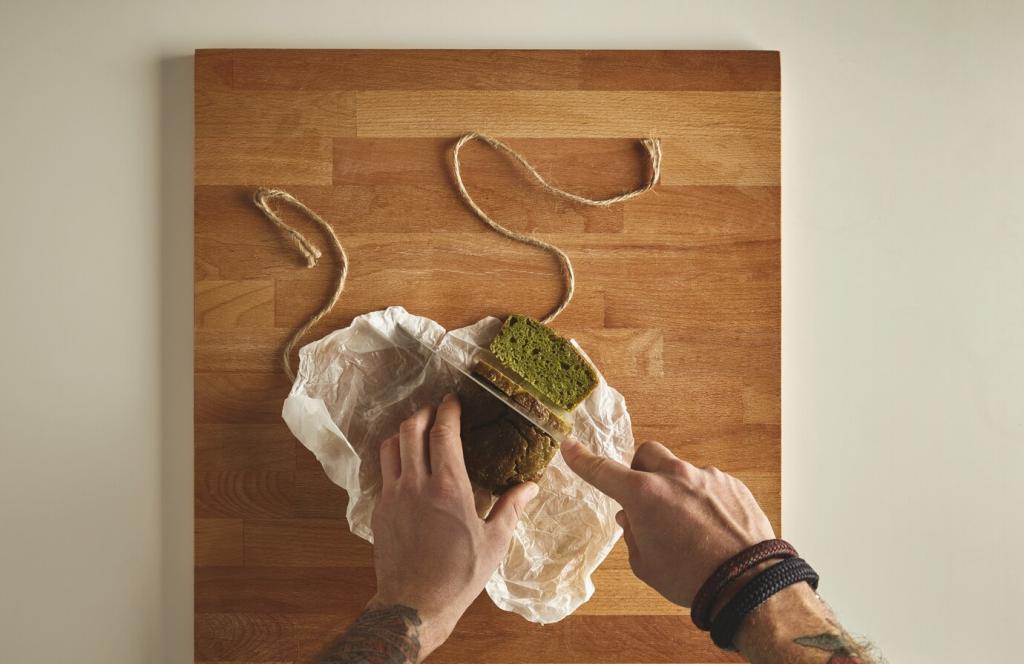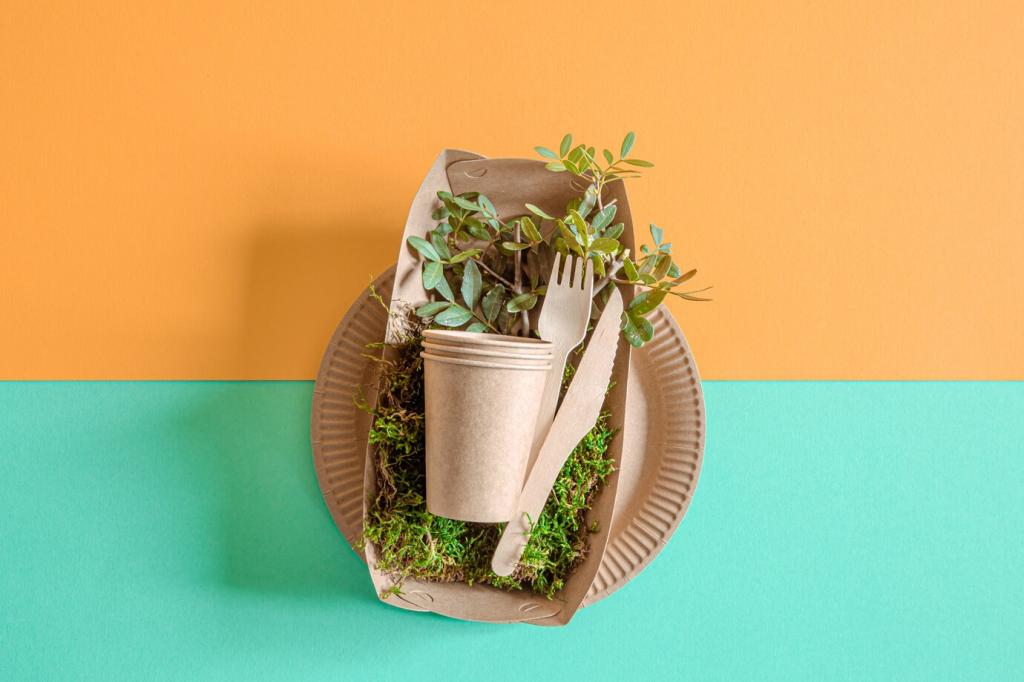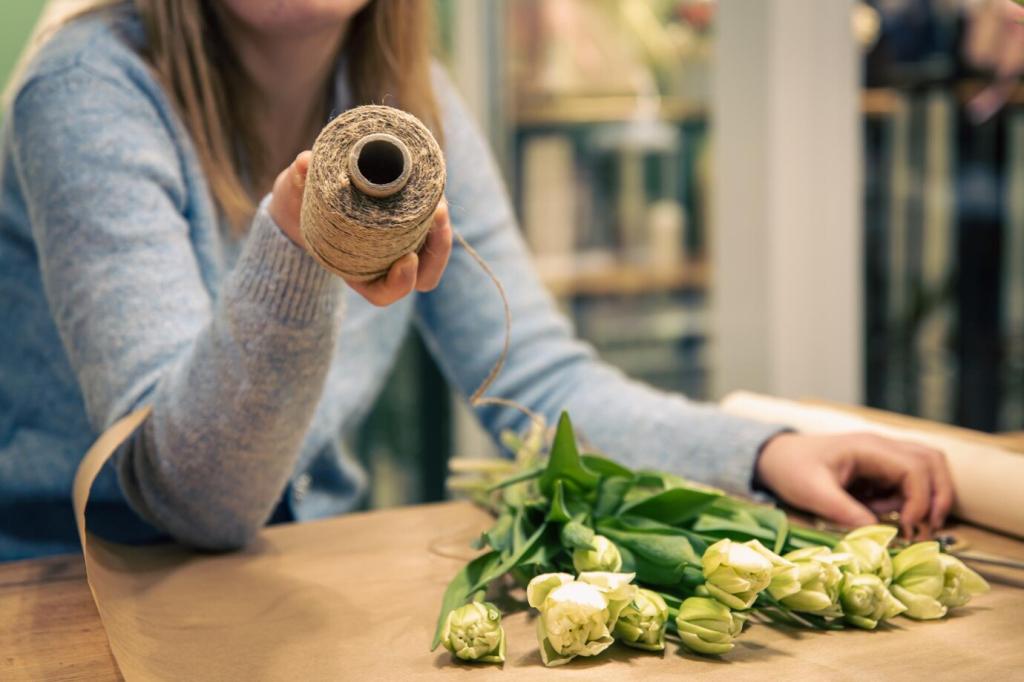Creative Reuse: Turn Offcuts into Features
Cut offcuts into consistent strips for chevron drawer fronts or subtle stringing along tabletops. A phone tray we made with mixed-species inlay became the client’s favorite detail. Tag your projects with #WasteLessFurniture so our community can celebrate the beauty hiding in your scrap pile.
Creative Reuse: Turn Offcuts into Features
Turn scraps into handles, coasters, push sticks, or sanding blocks. Donate classroom kits to local schools and makerspaces—waste reduction becomes community outreach. Post your most successful small-good template, and we’ll feature a selection in our next challenge roundup.
Creative Reuse: Turn Offcuts into Features
Resaw thin veneers from premium leftovers and bookmatch panels for visual drama. Label sequences, store flat between cauls, and watch random pieces become a cohesive surface. Subscribe for our veneer starter guide and share your first veneer-from-scrap success story with photos.
Creative Reuse: Turn Offcuts into Features
Lorem ipsum dolor sit amet, consectetur adipiscing elit. Ut elit tellus, luctus nec ullamcorper mattis, pulvinar dapibus leo.









